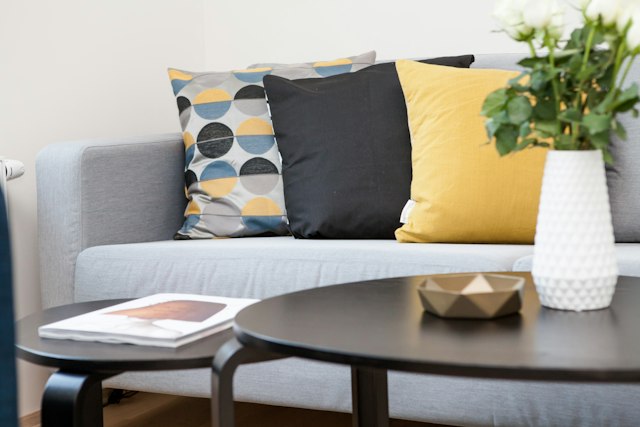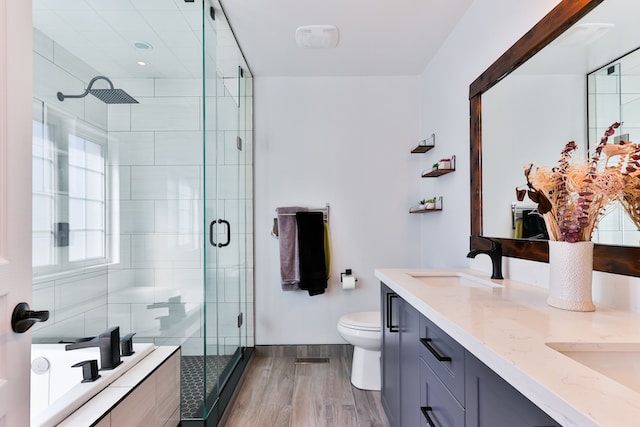Holiday Fun for the Whole Family in Omaha!
.jpg)
Embrace the Holiday Cheer in Omaha, NE! 🌟🎄 This weekend is packed with festive fun for everyone! 🎅 Here's your guide to the jolly happenings:
Omaha Holiday Lights Festival- Where: Downtown Omaha -When: Friday, December 9, 6 – 10 PM
Kick off the weekend at the Omaha Holiday Lights Festival! Downtown transforms into a twinkling wonderland with dazzling lights, live music, and seasonal treats. It's the perfect setting to spark your holiday spirit.
Winter Wonderland Opening Weekend- Where: Fontenelle Forest- When: December 9, 1 PM – 3PM
Fontenelle Forest's Winter Wonderland event is the perfect way to kick off the holiday season with your family. This weekend, you can enjoy a variety of holiday-inspired arts and crafts, indulge in delicious hot cocoa, take a festive caroling hike, participate in habitat-building activities, meet Santa Claus, and even have the opportunity to interact with birds of prey. It's a fun-filled event that offers something for everyone to enjoy.
Christmas at the Farm- Where: Papillion, NE- When: December 9, 12 PM- 6 PM
Bellevue Berry Farm is excited to invite everyone to our Country Christmas event. Join us in our cozy country atmosphere where you can warm up with a cup of Hot Cocoa and decorate cookies with Mrs. Claus. Don't forget to take a picture with Santa and write your Christmas list. Our farm offers a variety of activities, including Kids Play Areas, a Bonfire, and a Holiday Trail of Lights that you can enjoy on a Wagon Ride. We also provide free self-serve Ornament decorating, and if you're interested, Face Painting and Balloons are available for an additional cost.
Santa's Village at the Omaha Children's Museum- Where: Omaha Children's Museum- When: Saturday, December 10, 10 AM – 4 PM
Bring the little ones to Santa's Village at the Omaha Children's Museum! Meet Santa, enjoy festive crafts, and explore the magic of the season with interactive exhibits. A day of joy for the whole family!
Holiday Lights Winter’s Wonderful Gifts- Where: Bensen Theater- When: December 7-17
Holiday Lites is an annual production by Brigit Saint Brigit that celebrates the diverse customs and celebrations of the year-end season. It is a collaborative effort between Benson Theatre and Brigit Saint Brigit Theatre Company, combining technological artistry with immersive charm to create a magical and eclectic evening of live theatre. The lineup includes a mix of touching, humorously irreverent, classical, and original performances, featuring both audience favorites and brand-new creations. It is a truly unique and enjoyable experience for all.
Holiday Poinsettia Show- Where: Lauritzen Gardens- When: Sunday, December 11, 9 AM – 5 PM
Experience the vibrant colors of the season at the Holiday Poinsettia Show in Lauritzen Gardens. Stroll through a stunning display of poinsettias, enjoy seasonal music, and revel in the botanical beauty.
Candy Cane Cruise on the River City Star -Where: River City Star-When: Sunday, December 11, 1 – 2 PM
Set sail on a sweet adventure! The Candy Cane Cruise on the River City Star promises a delightful journey along the river with holiday treats, hot cocoa, and, of course, candy canes for all. A festive river experience for the whole family!
Holiday Jam 2023- Where: CHI Health Center Omaha- When: Sunday, December 11, 6:30 PM Wrap up your weekend with a musical treat at Holiday Jam 2023! The CHI Health Center Omaha will be alive with holiday tunes, featuring an incredible lineup of artists. Get ready to sing along and feel the magic!
Share the joy, tag your friends, and let the festivities begin!
Have your home needs changed in the past year? Perhaps you’ve outgrown your present home, or need to downsize to a more suitable home. If you’re ready to make a move, let’s connect and talk about all the amazing opportunities that are available to you!

.jpg)
.jpg)















